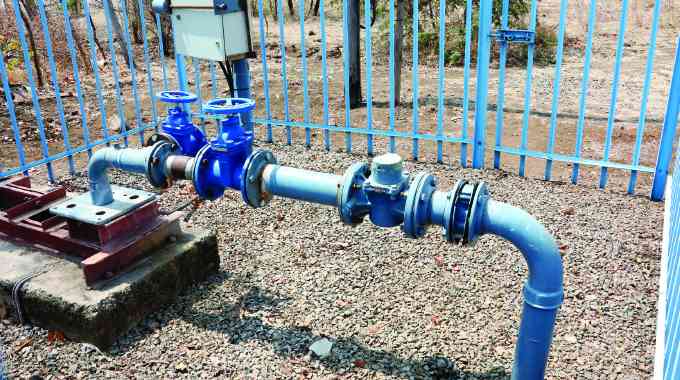GOVERNMENT has attributed the power cuts ravaging the country to depressed power generation at Hwange.
The country is facing a power deficit with government rolling 12-hour power cuts to manage domestic demand.
Zimbabwe at its peak requires at least 2 200MW.
Speaking during post-Cabinet briefing Agriculture minister Anxious Masuka revealed that power cuts were due to outages at Hwange Power Station.
“In the past week or so we have had an increase in power cuts but that is due to depressed generation because of the outages at Hwange. We were promised that two units will be coming on board and the Minister of Energy and Power Development presented today that most likely those two units are already feeding into the grid.
“Currently generation is about 1 400MW per day supplemented by imports. We are currently somewhere between 1 500MW-1 600MW against maximum demand per day of 1 825MW as presented by the Minister of Energy and Power Development today.”
Keep Reading
- Boustead Beef seeks to end CSC corporate rescue
- Unresolved land tenure dispute stifles Tongaat Hulett project
- Boustead Beef seeks to end CSC corporate rescue
- British investor makes new claim over CSC . . . Boustead says it took over full control of the beef processor in 2019
However as of yesterday, according to the Zimbabwe Power Company website, Hwange Power Station was generating 899MW and Kariba 292MW, therefore, giving a total of 1 191MW.
Masuka warned that stern measures will be taken against those withholding social welfare assistance following reports from Mashonaland Central that grains were not being distributed fairly.
“The 6,1 million out of 9,2 million individuals in rural areas are the target for social welfare assistance. We said from the onset that 7,5kg per person per month during the period to September and this is going to be increased to 8,5kg per month per person from October to March 2025.”
Information minister Jenfan Muswere said the Zimbabwe Livelihoods Assessment Committee undertook a Rural Livelihoods Assessment from May 3 to June 7 and established that the total cereal requirements from the National Strategic Grain Reserve for the period July 2024 to March 2025 would be 448 350 metric tonnes.
Muswere gave the breakdown as follows; 45 750 metric tonnes per month for July to September 2024; and 51 850 metric tonnes per month for October 2024 to March 2025.
“The report noted that 121 482,6 metric tonnes will be required for the school feeding programme from July 2024 to April 2025. Government will avail the requisite quantities for the school feeding programme and will prioritise payment of BEAM [Basic Education Assistance Module].”
Muswere also said the government, through the Women Affairs, Community, Small and Medium Enterprises Development ministry would continue to facilitate the formation and growth of innovative impactful structures for women in key sectors including housing, finance, agriculture, manufacturing, health, arts and craft, and fisheries, among others.
“Going forward, government will accelerate implementation of gender equality provisions as provided for in the Constitution to increase the participation of women in key decision-making positions across all sectors.
“Special facilities, existing and new, meant to support women-owned enterprises, community projects and micro, small and medium enterprises to access affordable long-term funding for re-tooling will be supported and strengthened.”





